Moving Art spotlights artists that push the limits of modern image making techniques to produce stunning, ultra high-definition images. We partner with leading companies like 500px to bring greater awareness to these creators, while highlighting work well suited to being experienced on Depict Frame, a dedicated display for 4K digital and moving art.
This Artist Spotlight was originally published on Moving Art, and is being republished here with express permission.
First steps into photography
Photography was not really a conscious choice for me—at least from an artistic standpoint. I decided to buy my first DSLR camera purely because I wanted to document life and capture moments that were important to me. There was something magnetizing about being able to focus in on one specific part of my environment and freeze that moment forever into a permanent memory. It rapidly turned into a serious love affair.
Timelapse
Still and motion are parallel tracks for me—motion has simply provided me with an alternative medium for bringing a story to life. At my core I am an image-maker. I love still photography—it is powerful, captivating, and captures one unique moment in time.
Time-lapse takes sequences of still photography and transforms it into a living, breathing, rapid journey through time. It’s very inspiring to be able to show people in a few seconds how our world changes over time. It offers a new appreciation by allowing us to almost step inside the photograph as time speeds by.
Time-lapse takes sequences of still photography and transforms it into a living, breathing, rapid journey through time.
The development of my work from still to time lapse photography, and more recently videography, evolved very organically. Time-lapse “happened” for me out of necessity in a moment, and in a way, real-time videography did as well. I see all of these approaches to image making as tools that help us tell a story or provoke emotion, and so I use them as such.
Stumbling onto time-lapse
Technicolour Alaska was my first time-lapse film and began fairly serendipitously. I traveled out to Alaska in the middle of winter with the hope of taking some still photographs of the Northern Lights. I spent my first night out at a remote dog sledding cabin, and I was offered a trip out with the dogs under the stars.
It felt like an opportunity I just could not pass up. So I thought to myself that I could set up my cameras on interval mode and have them take photographs regularly, just in case I missed a good shot while I was away. Shortly into the sledding, the entire sky around us suddnely lit up with an electric green. We were speeding through narrow forest paths and watching the magic of the Aurora Borealis surround us, and it was by far the most incredible thing I’d ever seen.
After warming up in the cabin when we got back, I checked on my cameras, which had since become an afterthought. I checked to see if any of the photographs were interesting, and as I flipped through the files I found myself animating the sequence of images capturing the lights as they danced across the sky—the same lights I was enamored by while being pulled along by a pack of huskies. I was blown away.
I realized instantly that time-lapse conveyed the experience and the emotion of that moment in a way that no still photograph could have possibly done. It was obvious that I would shoot the remainder of my time under the Aurora Borealis as time-lapse.
I learned a lot about the complexities of time-lapse editing when I got home and started to piece it all together. As I was shooting in Alaska, I knew very little which led to extensive post-processing work. I taught myself how to use Adobe After Effects and Premiere Pro, learned about applying motion effects like panning and zoom, and experimented with time-lapsing the progression of star trails. It was a real creative experiment for me. The film was published by National Geographic in their Short Film Showcase earlier this year, which was a massive achievement for me. I’m very proud of this film.
Often projects like these take considerable planning, but I was really lucky when a massive solar storm occurred the night I landed in Alaska—it was a perfect collision of events that made Technicolour Alaska possible. That’s what’s so wonderful about this world we live in: its unpredictability sometimes makes our imagery more amazing than we ever envisioned; other times, it stands in our way. What I learned here is never to pass up an incredible opportunity to live an experience because you can’t put the camera down. In my opinion, it’s more important for us to stay connected to our world and sometimes the camera has to take care of itself.
When people watch this film and my latest Northern Lights film, I want them to feel energized and to be reminded that our world needs to be protected. I think so many of us take the world for granted and forget just how precious and fragile it is. If I can inspire one person to travel to Alaska to see the Northern Lights for themselves or even just to venture outside a bit more, then the work has served its purpose.
Storytelling and Vision
I try as much as I can to find solitude when I shoot. I like to be alone with nature. These moments aren’t just about capturing the perfect shot, they are also my chance to see the world during a moment of reflection—they’re my therapy.
This often means traveling to more remote locations or during times when conditions are not quite as comfortable. There is is certainly a fear factor that goes along with that—sometimes I overpower the fear and other times it overpowers me.
When I think about the world, I see a dichotomy between tremendous beauty and tragic darkness, and that is absolutely reflected in my work. There are times when I’m conflicted about how I portray a certain moment or series of moments. My focus is to create work reflective of the story and my mood at the time. My work is, at the end of the day, an extension of my emotion.
Inspiration
My source for inspiration seems to be a constantly moving target, and I find inspiration in places both expected and unexpected. I have found most recently that I’m inspired to show people elements of nature that they wouldn’t ordinarily be able to see. By sharing the way I see the world with them, they get to have experiences they wouldn’t otherwise. It’s quite powerful to be able to impact the lives of others; to lift them up and transcend them to another place for just a moment or two.
My work is influenced by creatives, environmentalists, and business leaders. There is a lot to be learned from those who have a grandiose vision and dedication to a mission that serves the greater good. I spend a lot of time thinking about that and how I can carve my mark on the world. At the end of the day, I really want to use these tools to contribute in a positive way.
Fundamentally I want to portray the beauty of our world in the hope that it inspires people to savor it. I believe that image-making gives me a platform to educate, and that is a core part of my philosophy and my vision.
Alexis Coram is a photographer, videographer and time-lapse creator based in San Francisco. See more of her work on 500px and her website.










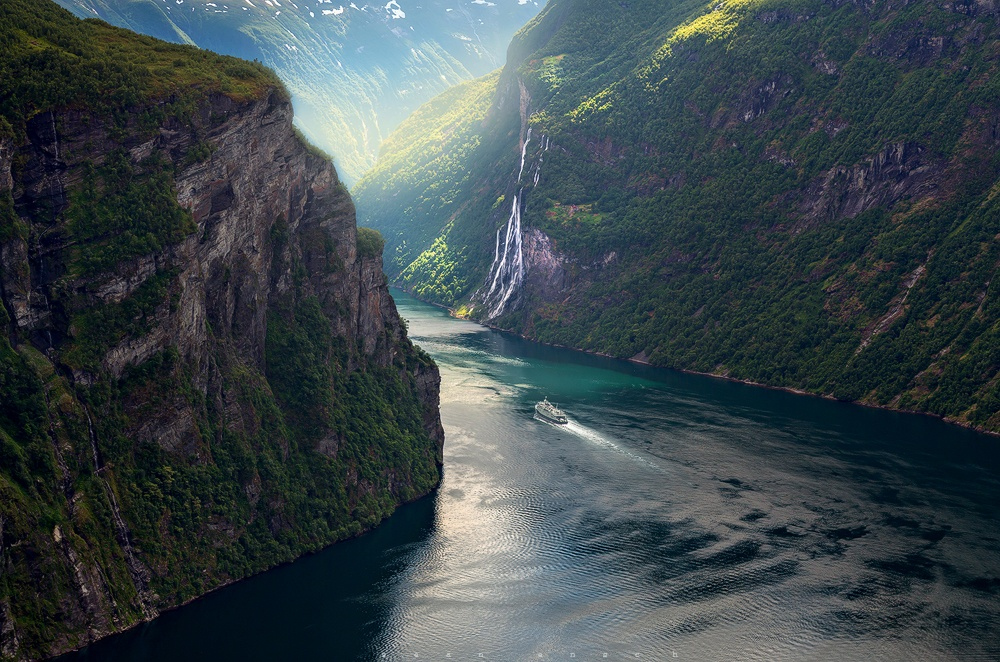
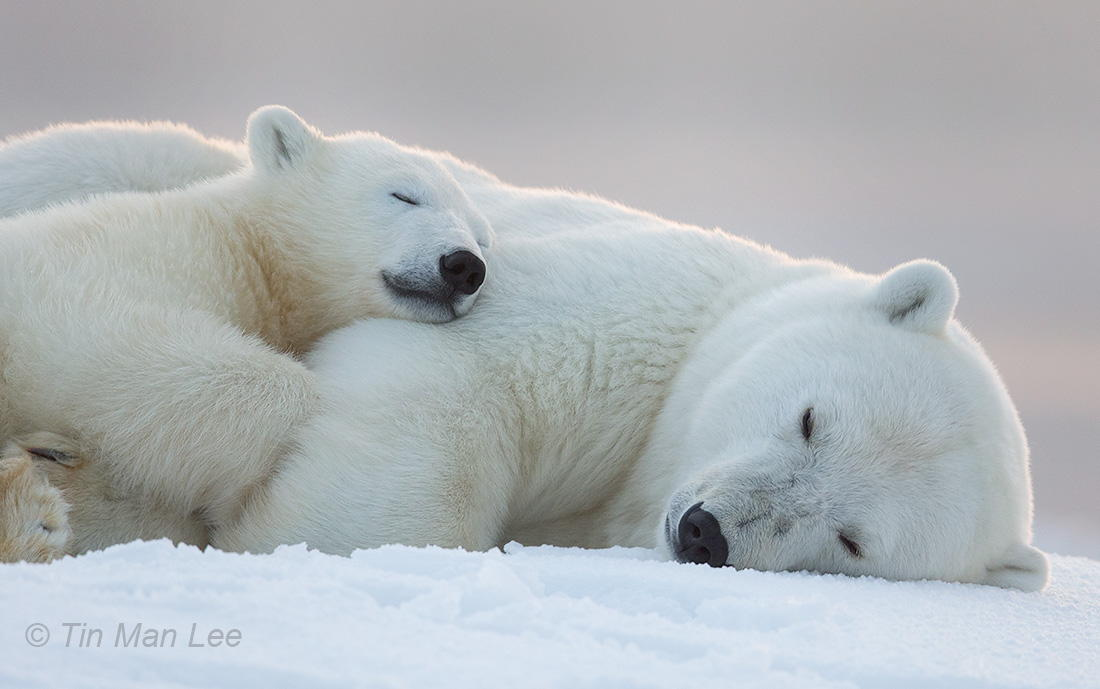
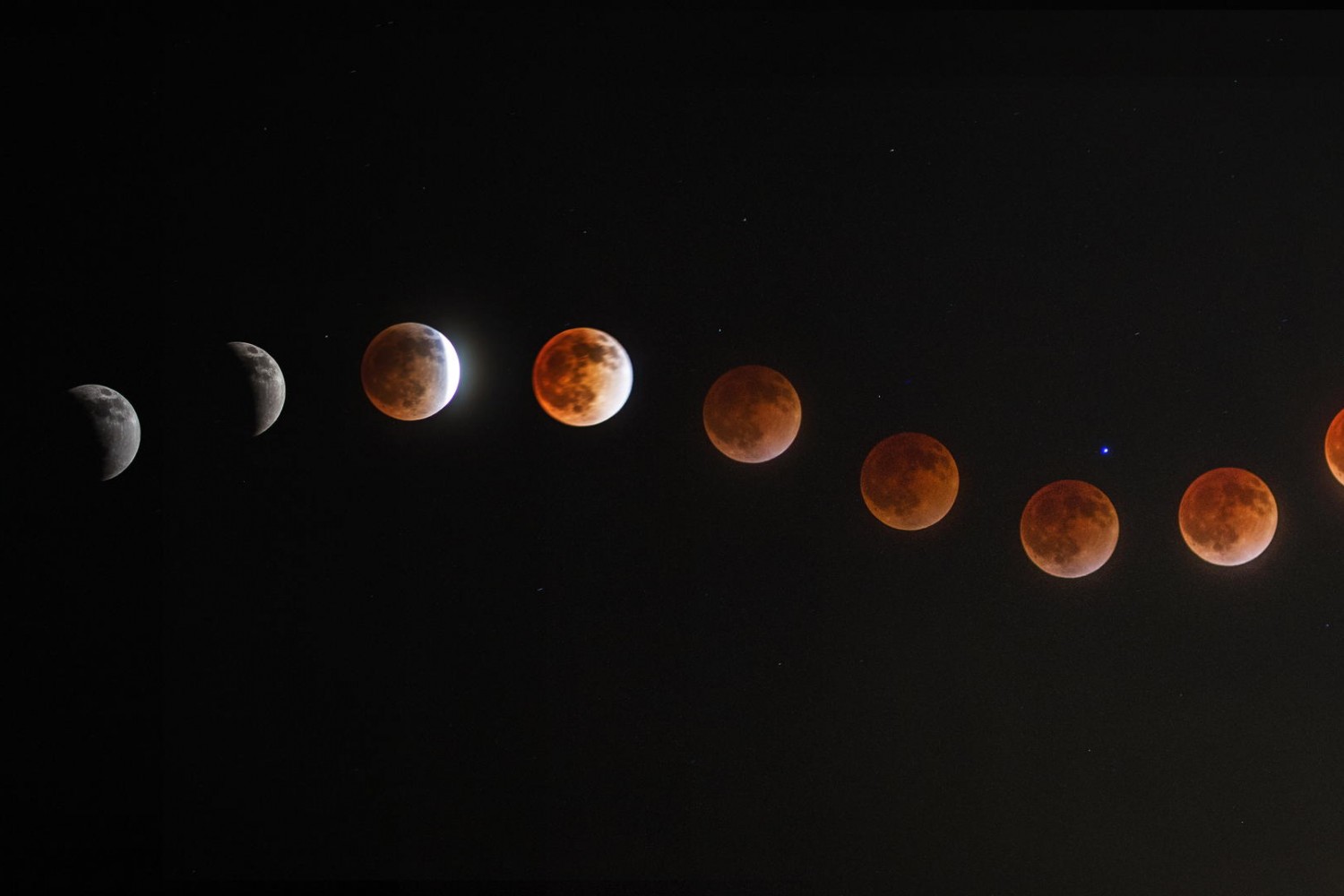
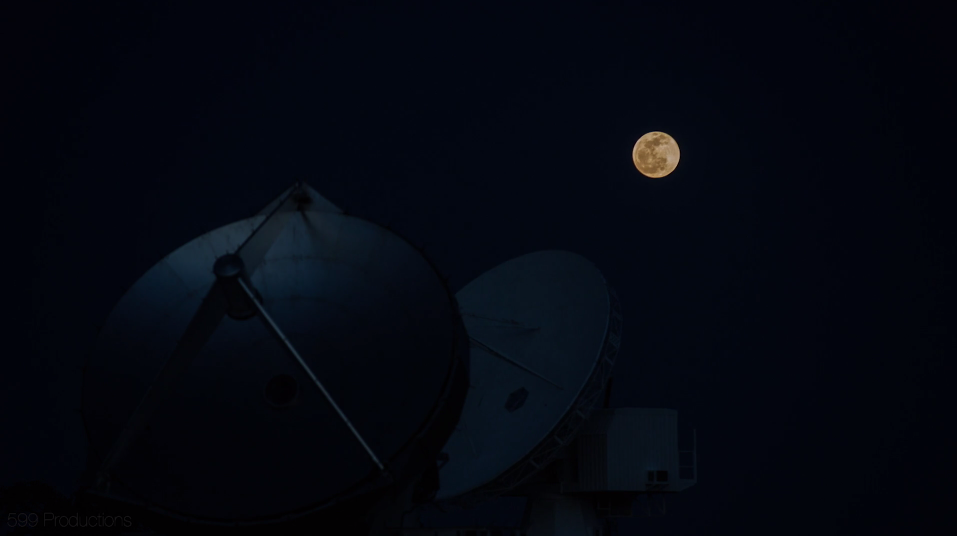
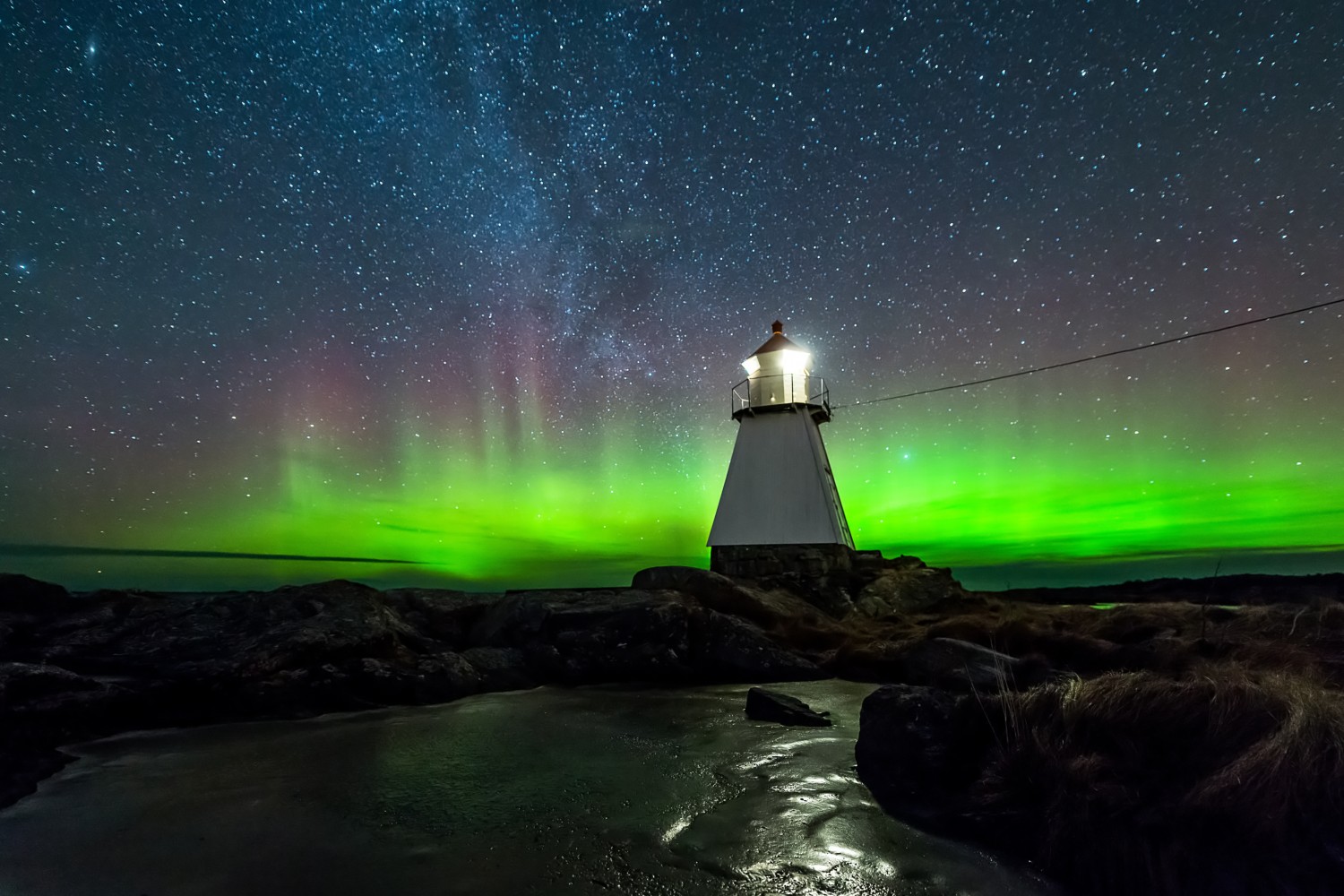
Leave a reply